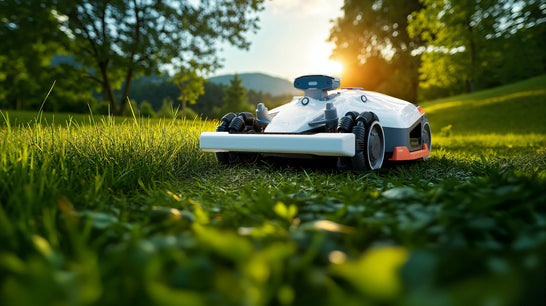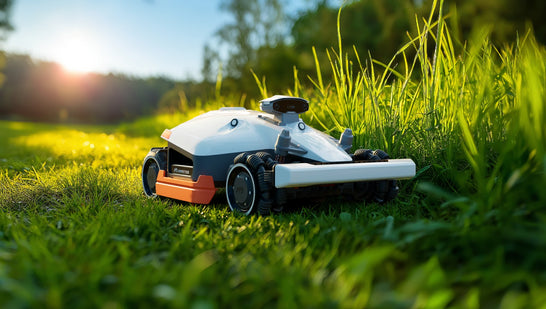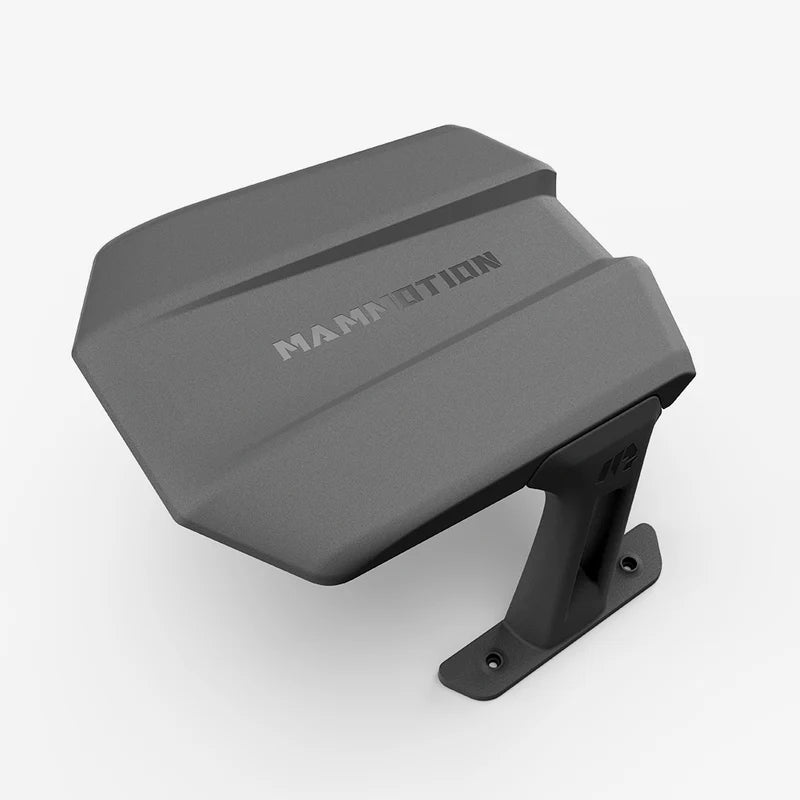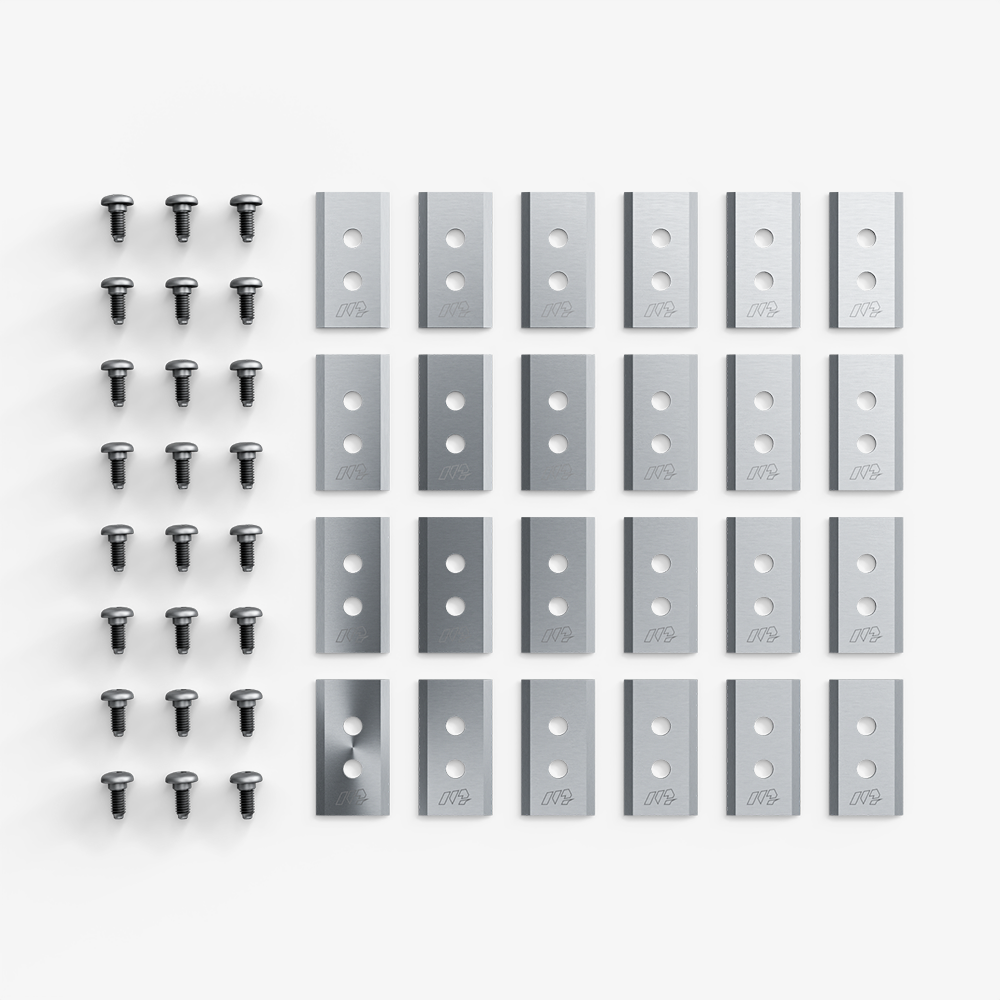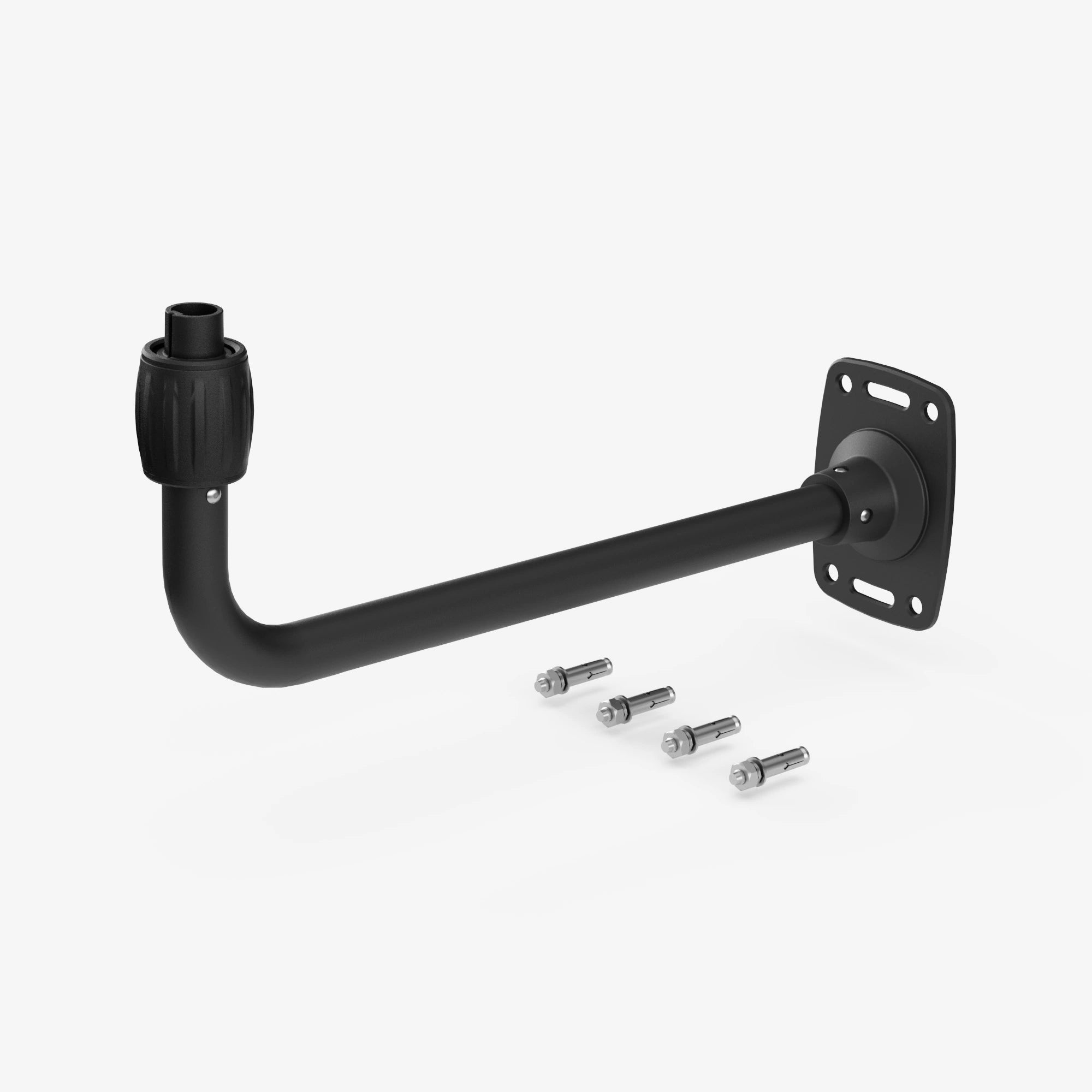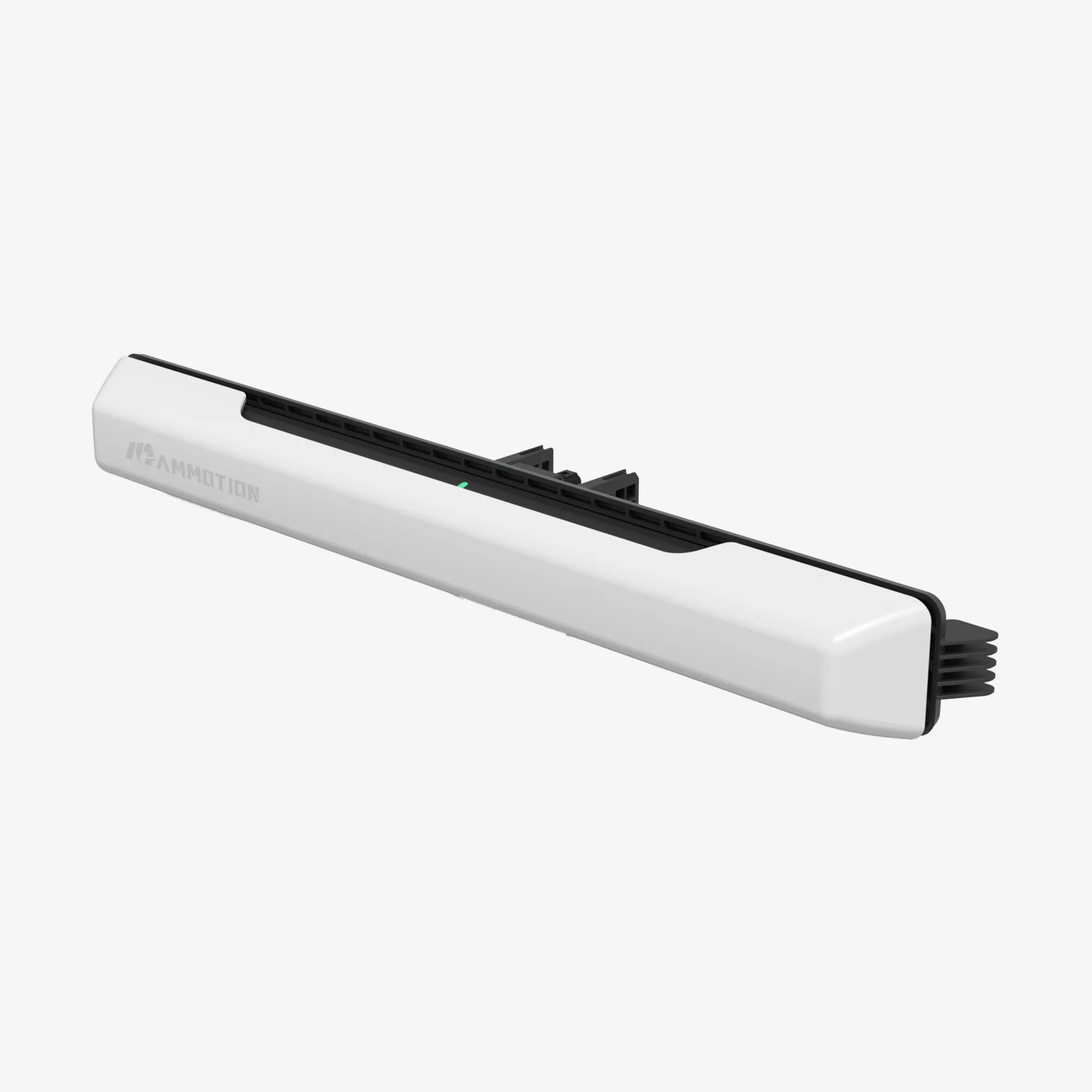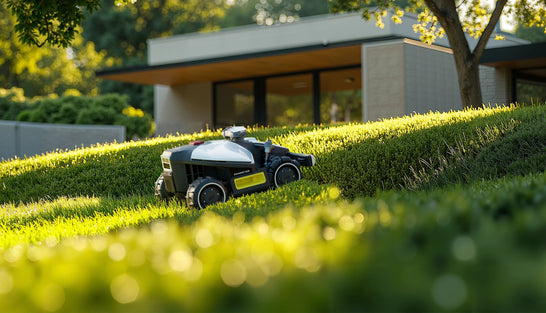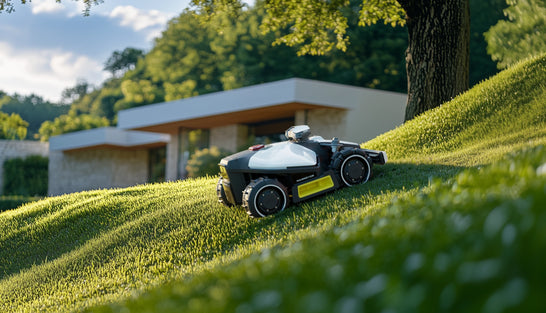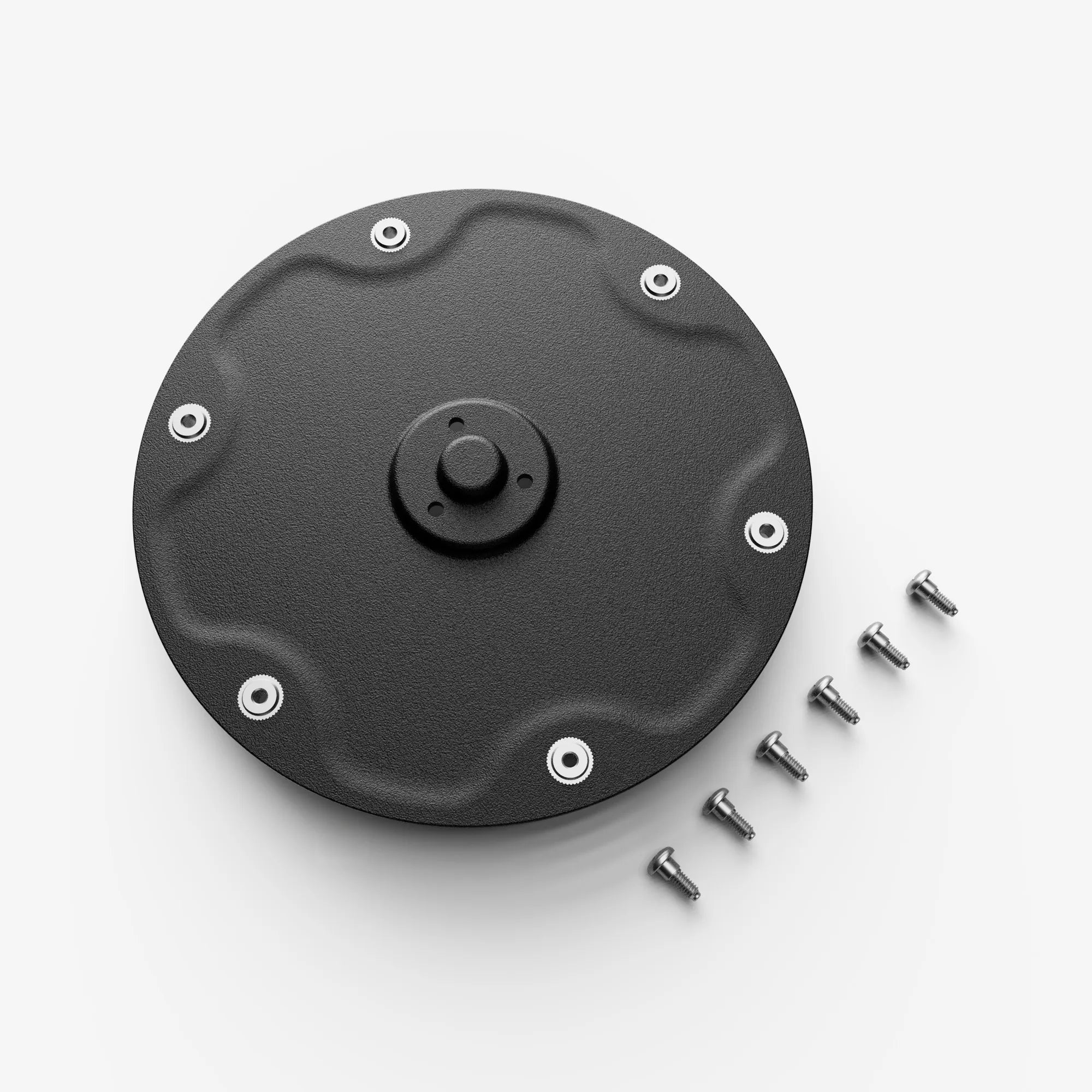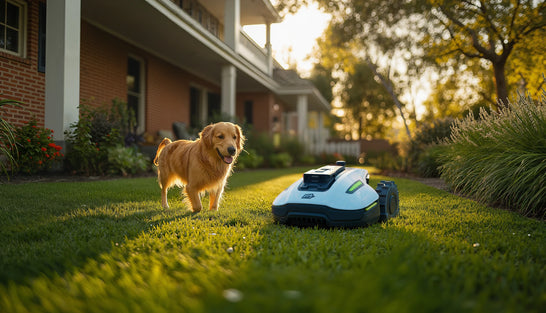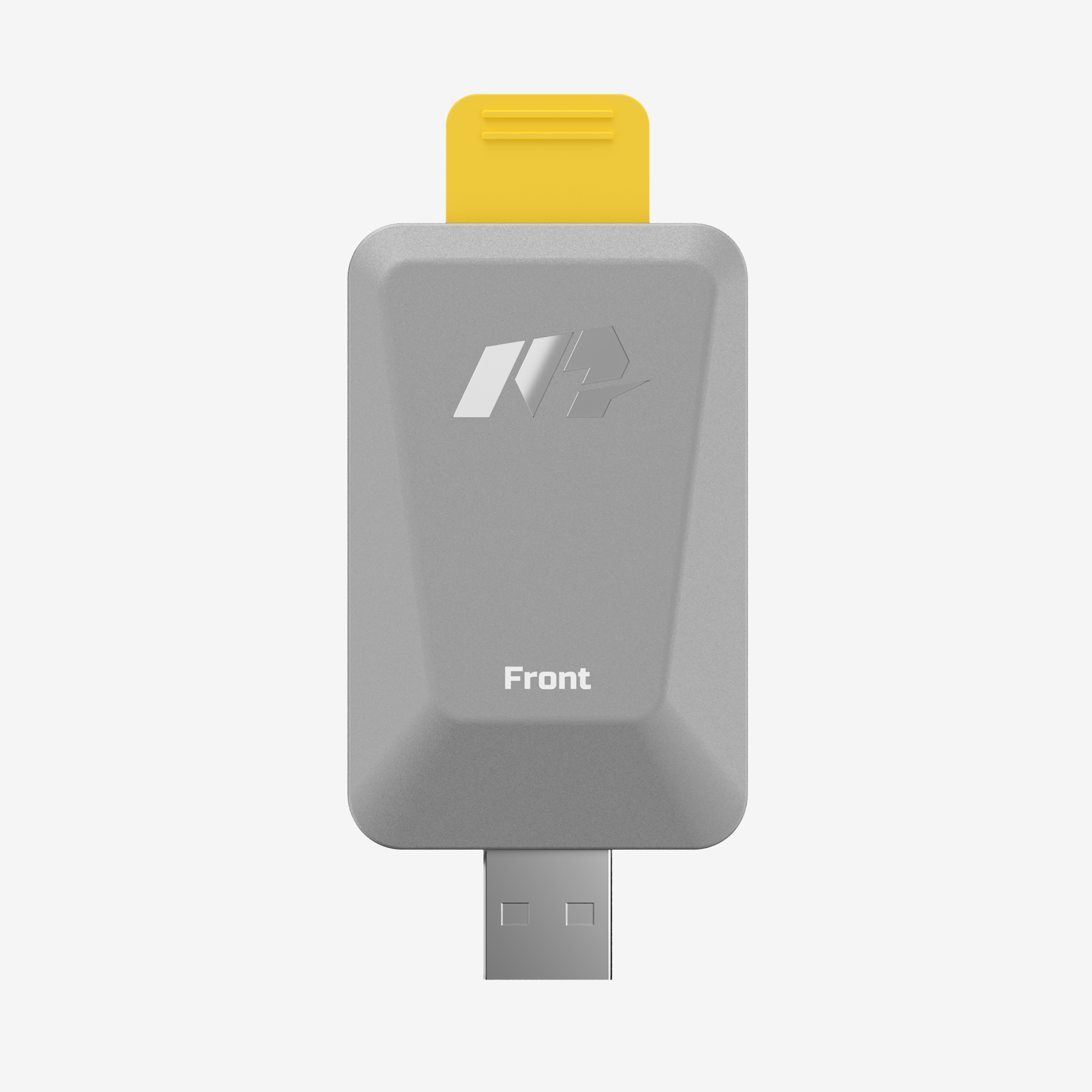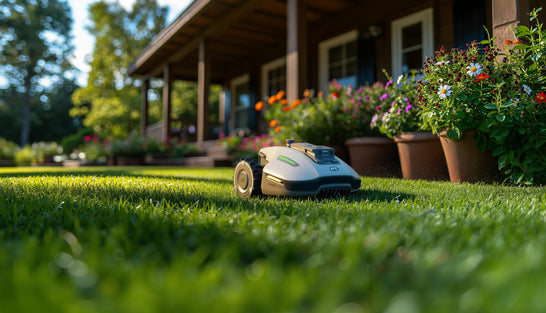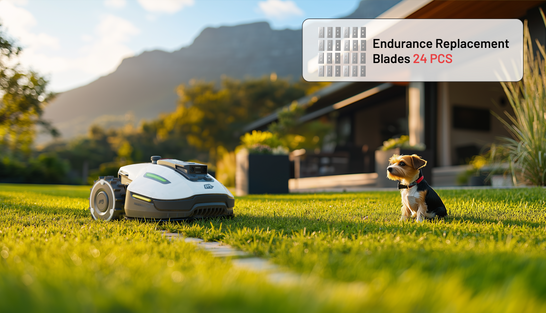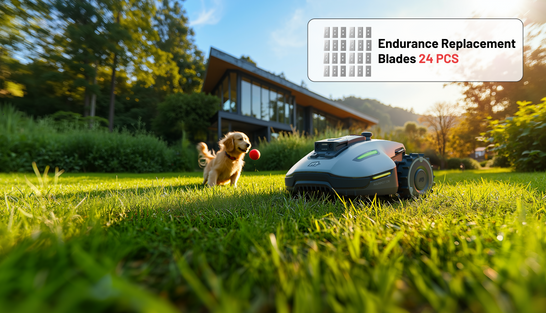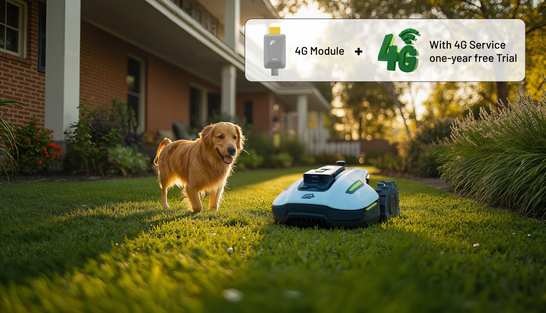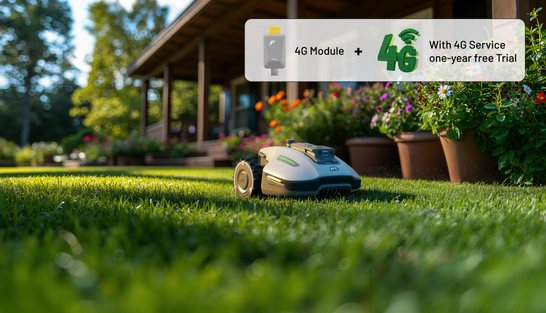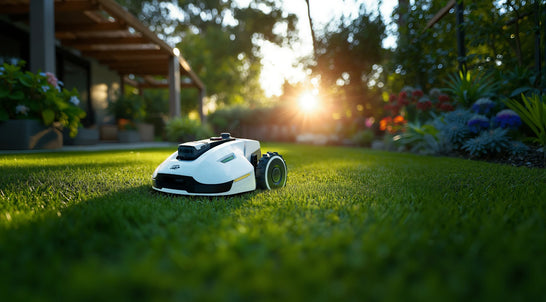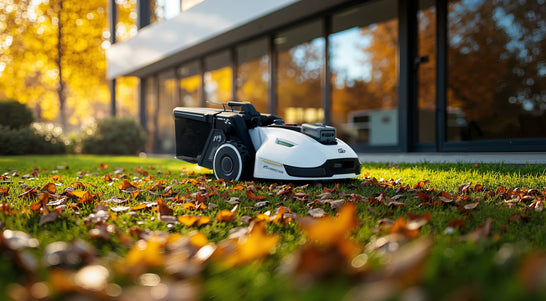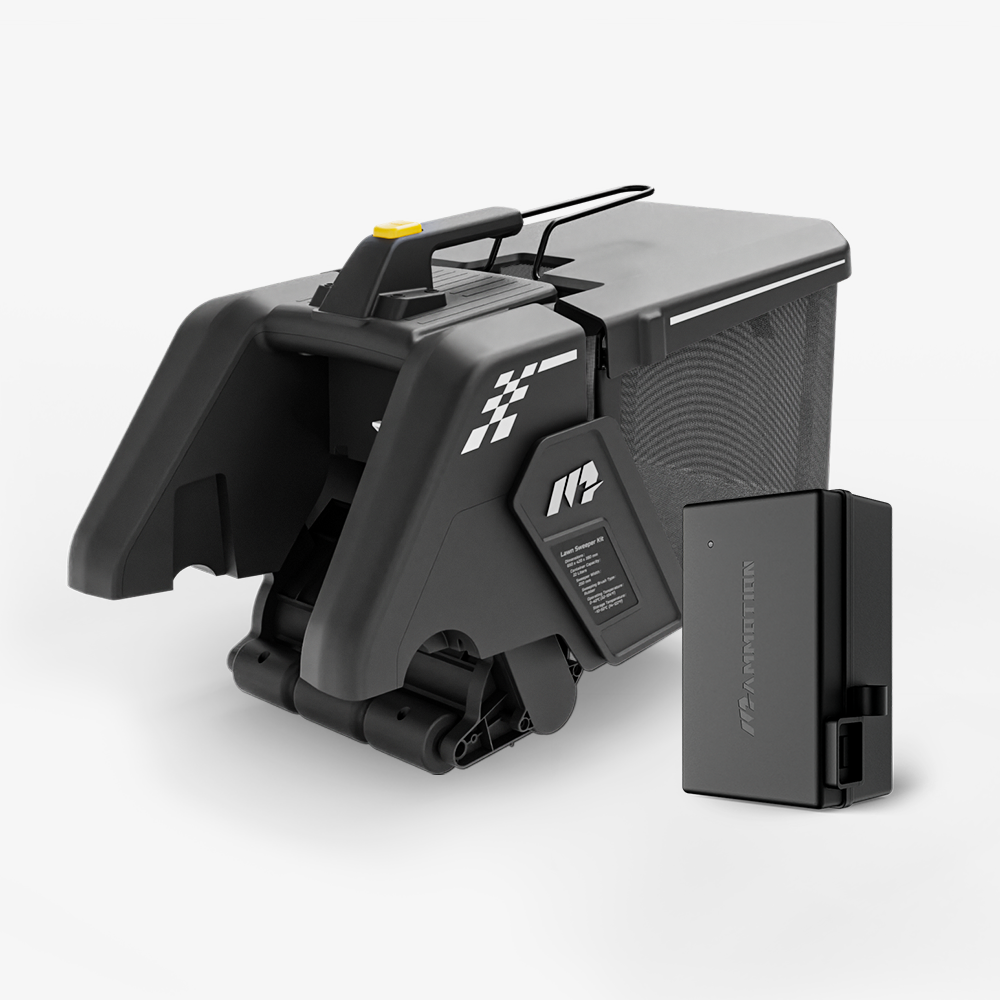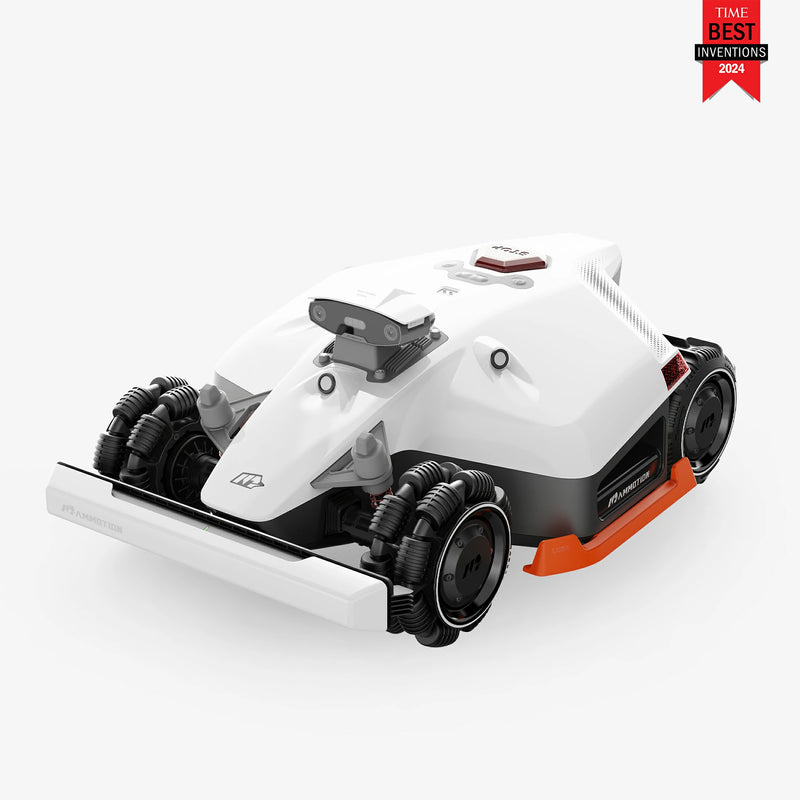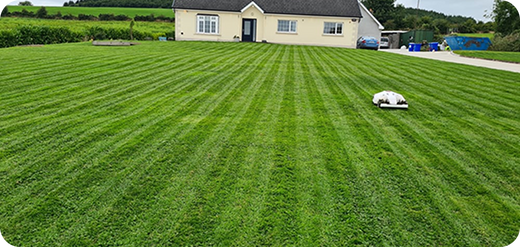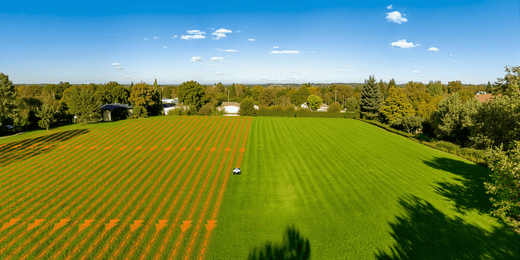Wondering how much you should pay for a good lawn mower? With prices ranging from under $200 for basic push models to $5,000+ for high-end riding or robotic mowers, the answer depends on your lawn size, terrain, and lifestyle. Choosing the right mower isn’t just about budget—it’s about getting the best value for your yard.
This guide breaks down the typical price ranges of different types of lawn mowers, the features you can expect at each level, and provides tips to help you shop smarter.
Price Comparison by Lawn Mower Type
Lawn mowers come in a wide range of prices — and for good reason. The type of lawn mower you need depends on your yard size, how much effort you're willing to invest, and whether you prefer traditional or automated care.
Here’s a quick breakdown of typical price ranges and which types of lawn mowers fit into each category, so you can compare options more clearly before making a purchase.
|
Type of Lawn Mower |
Price Range |
Best For |
|
Push Reel Mower |
$100–$200 |
Small, flat lawns and eco-conscious homeowners. |
|
Gas-Powered Push Mower |
$200–$600 |
Medium-sized yards with simple terrains. users who want power without a high upfront cost. |
|
Electric/Battery Push Mower |
$250–$800 |
Small to medium lawns; quieter, low-maintenance, and environmentally friendly. |
|
Self-Propelled Mower |
$400–$1,000 |
Larger yards or slightly sloped terrain; reduces physical effort. |
|
Robotic Lawn Mower |
$800–$4,000+ |
Busy homeowners or tech-savvy users; ideal for routine, hands-free mowing. |
|
Riding Lawn Mower |
$1,500–$5,000+ |
Large, open properties; faster cutting with less manual effort. |
What Features to Expect at Every Budget Range
The cost of a lawn mower is influenced by its features, performance, and durability. Here's what you can expect:
Under $300 – Basic, No-Frills Performance
- Manual push mowers and entry-level gas models.
- Ideal for small, flat yards with minimal obstacles.
- Limited features, basic cutting power, and reduced durability.
- Often require more manual effort and maintenance.
$300–$800 – Mid-Range Reliability
- Includes quality gas and electric push mowers, plus entry-level self-propelled options.
- Offers features like adjustable cutting heights, bagging/mulching options, and better build quality.
- A good balance of value and convenience for small to medium lawns.
$800–$2,000 – Smart Technology and Power
- Advanced self-propelled and mid-high-tier robotic models fall here.
- Expect GPS navigation, app-based scheduling, and weather detection in robotic units.
- Built for frequent use and greater terrain adaptability.
$2,000+ – Premium Automation and Performance
- High-end robotic and riding mowers. Robotic mowers like Mammotion LUBA 2 and riding mowers.
- Cutting-edge technology such as multi-zone management, boundary-free navigation, and powerful engines.
- Perfect for large, challenging properties or those seeking automation.

How to Choose the Right Lawn Mower Price Range
Choosing the right price range starts with understanding your yard’s size, layout, and how involved you want to be in lawn care. Here’s how to match your budget to your actual needs:
1. Lawn Size and Coverage Area
- Small Lawns (<1/4 acre): Go for push mowers ($100–$600) or entry-level robotic mowers ($800+). These are sufficient for tight, flat spaces and simple weekly maintenance.
- Medium Lawns (1/4–1/2 acre): A self-propelled mower ($400–$1,000) offers comfort and efficiency. Mid-tier robotic mowers ($1,500–$2,500) can handle moderate complexity with less manual effort.
- Large Lawns (>1/2 acre): Invest in a high-end robotic model or a riding mower ($2,000+). These are built for extensive lawns and can save hours of time per week.
2. Terrain and Layout Complexity
- Flat, Open Lawns: Basic push or battery mowers work well and are cost-effective.
- Sloped or Obstacle-Filled Lawns: Choose self-propelled mowers with all-wheel drive or robotic mowers equipped with GPS and obstacle avoidance for smoother performance.
3. Your Lifestyle and Time Commitment
- Time-Conscious Users: Robotic mowers provide “set-it-and-forget-it” convenience. Perfect for homeowners who want great results with minimal time investment.
- Budget-Conscious Users:
-
Gas and electric push mowers offer solid value and performance without high upfront costs. You’ll trade time for money, but not necessarily lawn quality.
Is It Worth Paying More for a High-End Lawn Mower?
If you're wondering whether spending $1,000 or more on a lawn mower is really justified, the answer depends on your priorities. In many cases, a higher upfront investment delivers long-term value.
1. Time-Saving Automation:
Robotic mowers like the Mammotion LUBA 2 can manage your entire lawn on a set schedule—no pushing, pulling, or weekend yard work. For homeowners with busy lifestyles, the convenience of automation can be a game changer.
2. Long-Term Durability and Reliability
Higher-end mowers often feature stronger build quality, better materials, and advanced components. This means fewer breakdowns, less frequent maintenance, and a longer lifespan—saving you money and hassle over time.
3. Eco-Friendly Operation
Many premium models, especially battery-powered and robotic mowers, operate quietly and produce zero emissions, making them ideal for eco-conscious homeowners or noise-sensitive neighborhoods.
4. Smart Features and Customization
Top-tier robotic mowers include features like:
- GPS-based navigation
- Multi-zone control
- App-based monitoring
- No-go zones and customizable mowing schedules
These intelligent systems offer unmatched precision and control that basic models simply can’t match.
Real-World Example:
The Mammotion LUBA 2 is designed for large and complex lawns. It features boundary-free navigation, RTK positioning, and AI obstacle avoidance, making it well worth its $2,000+ price tag for homeowners who prioritize convenience, precision, and autonomy.
Tips for Getting the Best Value on a Lawn Mower
Buying a lawn mower isn’t just about the sticker price—smart buyers consider long-term performance, operating costs, and overall value. Here’s how to make sure you get the most for your money:
1. Time Your Purchase for Maximum Savings
Look for deals during off-season sales in late fall (October–November) or around major holidays like Labor Day, Black Friday, and Cyber Monday. Retailers often offer steep discounts to clear out inventory, with potential savings of up to 25%.
2. Consider Certified Refurbished Models
Refurbished mowers from reputable brands are thoroughly tested, cleaned, and repaired—offering premium features at a lower price. This is especially useful if you're eyeing high-end robotic mowers but working within a budget.
3. Don’t Just Compare Price—Compare Total Ownership Cost
Factor in:
- Maintenance frequency (e.g., blade replacements, software updates)
- Energy or fuel costs
- Longevity and warranty coverage
A cheaper model may cost more in the long run if it needs frequent repairs or uses more power.
4. Match Features to Your Lawn's Needs
Avoid paying extra for features you won't use. For example, a GPS-based robotic mower is great for large, complex lawns—but overkill for a tiny, flat yard. Focus on what adds real value based on your property and lifestyle.
Final Tip: Read user reviews and expert comparisons before you buy. Real-world feedback helps identify which models perform well in the long term—and which ones aren’t worth the hype.
Final Thoughts: Find the Best Lawn Mower for Your Budget
Whether you're a first-time buyer or upgrading an old mower, the key is to match your investment with your yard’s needs. For small, simple lawns, a $300 mower may be perfect. But for large or high-maintenance landscapes, a robotic or riding mower over $1,500 offers unmatched efficiency. For those ready to embrace automation, premium robotic mowers like the Mammotion LUBA 2 are a worthy investment for large and challenging properties. Evaluate your needs, compare features, and shop smartly to find the perfect fit.
Ready to explore top-rated mowers?
Check out our in-depth reviews of best robotic mowers and best mowers under $1000 to find your perfect match.
Frequently Asked Questions
1. What’s a reasonable budget for a dependable push mower?
Expect to spend anywhere from $100 to $300 for a solid manual or reel push mower—great for basic lawn care without bells and whistles.
2. How much should I pay for a self-propelled mower that lasts?
Quality self-propelled models generally fall between $200 and $600, depending on whether they're electric or gas-powered and how powerful their motor is.
3. What price range covers most reliable walk-behind mowers?
On average, walk-behind mowers cost around $405, although simpler versions can start as low as $135. Before purchasing, it is necessary to consult and research the brand and quality of the product, as well as the warranty period, and carefully read user reviews. Remember, price is not the only criterion.
4. How much do robotic lawn mowers typically cost?
Robotic models usually start at about $600, with many averaging around $1,490. High-end models can cost several thousand dollars.
5. What’s the price range for riding mowers and zero-turn models?
Riding mowers typically range from $1,000 to $5,000, with zero-turn models often starting around $2,800 and going up to $13,000 for premium specs.
6. How much should a mid-range, reliable mower cost?
A self-propelled mower with good build and features normally lands in the $300–$500 range—striking a solid balance between value and quality.
7. Can I expect discounts on high-end mowers near $2,000?
Yes—riding mowers with advanced trims and attachments often cost $1,500–$2,000 for base units, but models under $2,000 may omit key extras like hydrostatic transmission.
8. Are there realistic price expectations for budget-friendly robotic options in Europe?
European pricing for robotic mowers typically ranges from €800 to €3,000, depending on automation level and tech features.
9. How do mower types compare at a glance for different budgets?
Here’s a quick price overview:
Reel mowers: $100–$300
Self-propelled models: $200–$600
Robotic mowers: $600–$3,000+
Riding mowers: $1,000–$3,500+
10. Is it better to invest more upfront to save on maintenance long-term?
Generally, yes. Mowers with higher initial cost—often from reputable brands—tend to be more durable and require less frequent repairs, making them a smarter value over time.

